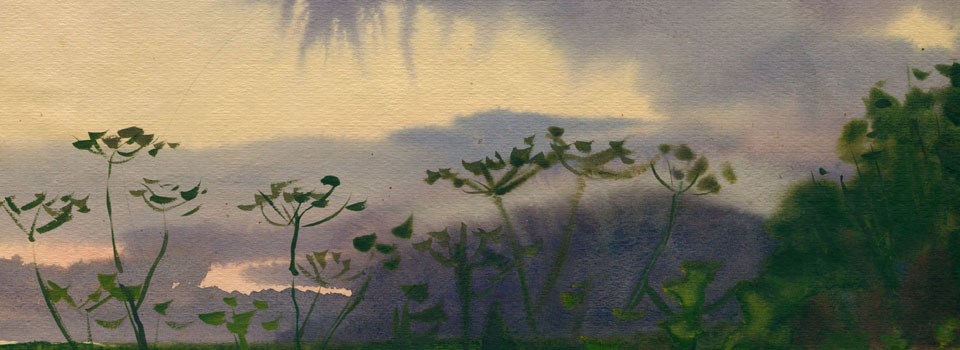The exhibition of drawings and prints by the famous St Petersburg artist Elena Oskarovna Marttila has been set up by the State Memorial Museum of the Defense and Siege of Leningrad. It displays the major part of Marttila’s works held in the museum’s collection, as well as wartime drawings and post-war artworks, donated to our museum in February 2021 by Elena Marttila’s nephew Vladimir Anatolyevich Yegorov.
Elena Oskarovna Marttila was born on January 6, 1923 in Petrograd. She began to draw in early childhood. In 1934 she took part in the First All-Union Competition for Young Talents.
Among the thirty best participants, she was admitted to an art school at the All-Russian Academy of Arts in Leningrad, from which she graduated on June 20, 1941. After the declaration of war, she voluntarily enrolled in the Sandruzhina of the District Red Cross, working as a nurse in the children’s hospital named after N.K. Krupskaya, helping to evacuate children from the besieged city.
In November 1941, Marttila joined the Leningrad Art School, the only art institution which continued to operate during the blockade, supporting young artists by helping them to overcome wartime hardships and giving them hope. The talented young people who remained in the city were brought together by the school’s director, Yan Konstantinovich Shablovsky. He was an infinitely kind person, a pillar for the starving but determined students who believed in him. This man played a great role in the creative development of Marttila, along with the other artists, whom he was able to save in those difficult months.
The school was located at 35 Tavricheskaya Street. Every day Marttila embarked on a truly heroic route to the school under the severe conditions of the seige. The road to Tavricheskaya became for her a road to salvation, a road to creativity, the main theme of which was the blockade of Leningrad. She made her first sketches of the series in the besieged Leningrad, before her evacuation in April 1942.
In her drawings, created during the hunger winter of 1941-1942, one can see the ice- and enemy-encased city, destroyed houses, people with tired, emaciated faces, and the interiors of besieged flats. One of the most impressive and tragic works of the siege is a self-portrait, created in February 1942 during one of the many sleepless nights, which had been preceded by several hunger-induced faints. It manifested a victory over death. As Marttila explained: “The thought that I had not died, that now I would not die, I would live, reverberated through every cell of my exhausted body and strength poured in. Now I got a new lease of life! I felt cheerful and calm. The only bread that saved me is my work and faith. ”
In 1943, Marttila and her mother returned to Leningrad, to their old flat, despite the blockade not having been completely lifted yet. By the invitation of the director, J.K. Shablovsky, Marttila resumed her studies at the Leningrad Art School in the stage design and theater department, from which she graduated with honors in 1948. In the 1940s – 1970s, she designed the sets for more than 50 theatrical performances.
In the 1960s, she returned once more to the blockade theme. In the 1960s – 1990s, Marttila created a series of works devoted to the siege, employing the medium of lithography and engraving on cardboard. Her first engraving on cardboard, “Student,” was acquired by the Russian Museum. In 1996, Elena Oskarovna was invited with a blockade exhibition to her father’s homeland, Kotka, and was provided with a studio; she’s been working and living in Finland intermittently since then. During her life, Elena Martilla took part in more than 130 exhibitions – 30 of them personal. Her works figure in the collections of the Russian Museum, the Museum of Theater and Musical Art, the Russian National Library and in a number of regional art museums in Russia and the CIS, as well as in private collections in Russia, Latvia, Estonia, Finland, Great Britain, and the USA.
